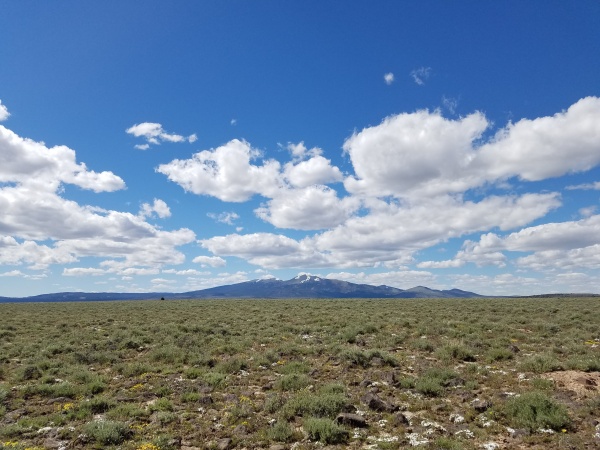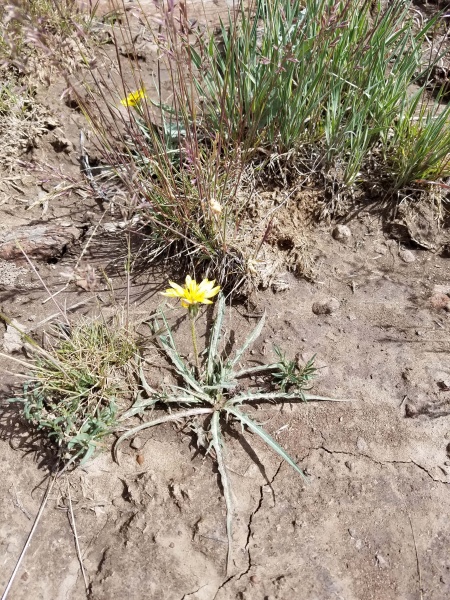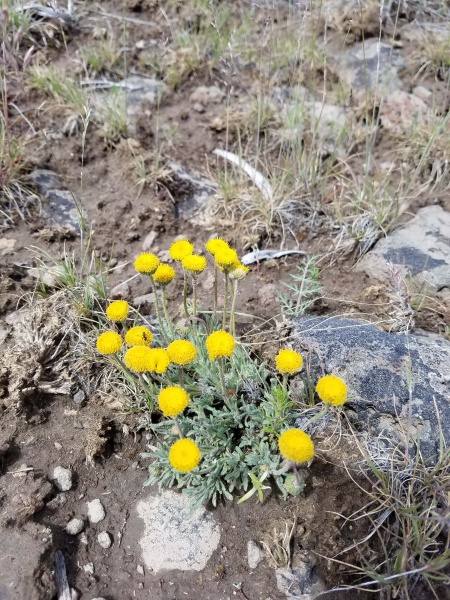We have turned the focus of our rare plant revisits from the very showy Fritillaria gentneri to the fairly inconspicuous Cypripedium fasciculatum. In Oregon, the BLM has Cypripedium fasciculatum (CYFA), commonly known as the clustered lady’s slipper, on its Sensitive Species list. A population viability model completed by the Institute for Applied Ecology for CYFA predicts that sites with 10 or fewer CYFA plants, especially those at low elevation (< 3000 feet), are more at risk for population decline. We are visiting a subset of the CYFA sites composed of 15 low elevation sites and 15 high elevation sites, all of which have 10 or fewer plants, in order to determine if what we find in the field agrees with what the model predicts.
We get to be more selective with our site choice for CYFA, so we have mostly been revisiting sites that are close to the road. For efficiency’s sake of course. The CYFA sites are often very lovely, with locations near drainages populated by Douglas-fir, madrone, mountain dogwood, western chestnut, canyon live oak, tanoak, and more. The clustered lady’s slipper can be incredibly small and easy to miss, so Lillie and I make sure to really take our time during our site visits.
While looking for CYFA, we have encountered some other cool Orchidaceae species, including two sites that have another rare lady’s slipper called Cypripedium montanum, or mountain lady’s slipper. This is an exciting find because it’s rarer and, in my opinion, more beautiful than the clustered lady’s slipper.
Though most of our days involve searching for CYFA, we have also been able to get out and help with seed collecting. One day we collected seeds from Alopecurus geniculatus and Agoseris grandiflora on top of Upper Table Rock, which has got to be one of the prettier collection sites out there. Since I hadn’t collected seed before this internship, I was excited to get the opportunity to do so. My internship continues to offer new opportunities for growth, and even though I think the time is going by WAY too quickly, I’m happy that I look forward to each day of work as much as I do!
Until next time,
Kiki, Grants Pass, OR















![20160609_102631[1]](https://dev-clm-blog.pantheonsite.io/wp-content/uploads/2016/06/20160609_1026311-300x169.jpg)















